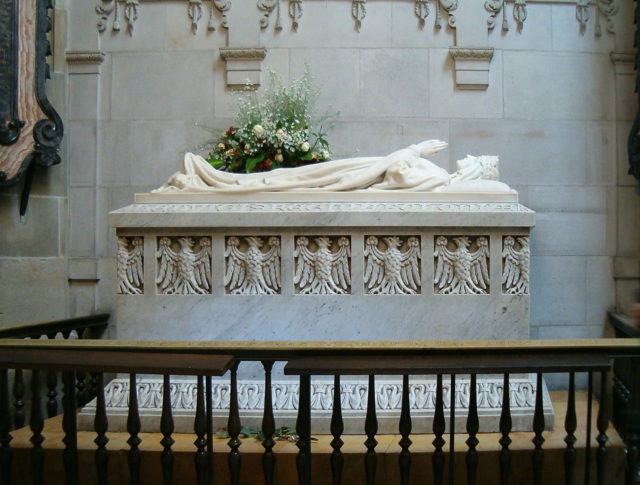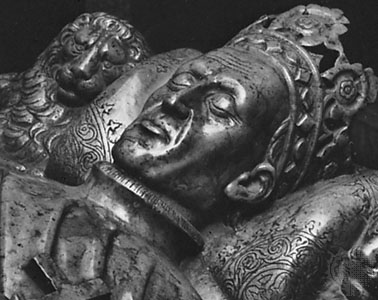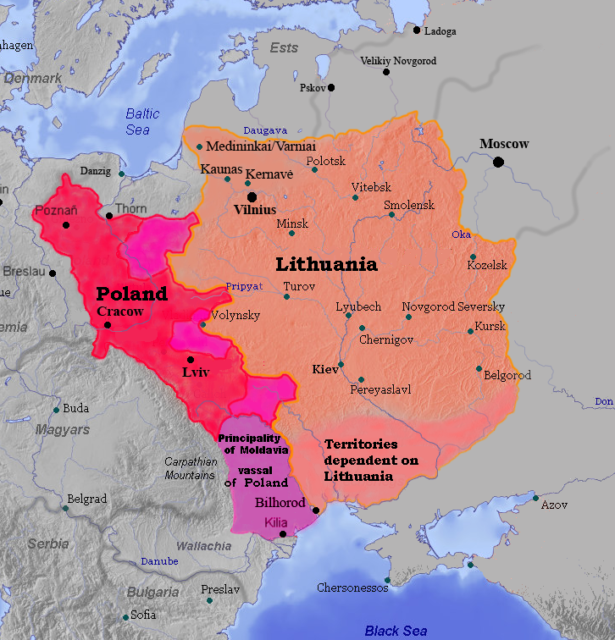Adolescence
In 1320 after several earlier unsuccessful attempts by other regional rulers, Wladyslaw I the Elbow-high, Prince of Krakow since 1305, consolidated his power, took the throne & became the first King of a reunified Poland. He was the first king to be crowned in Wawel Cathedral, on 20 January 1320 by the Archbishop of Gniezno. The erection of a new Wawel cathedral that was meant to serve as the official royal burial site started that same year.
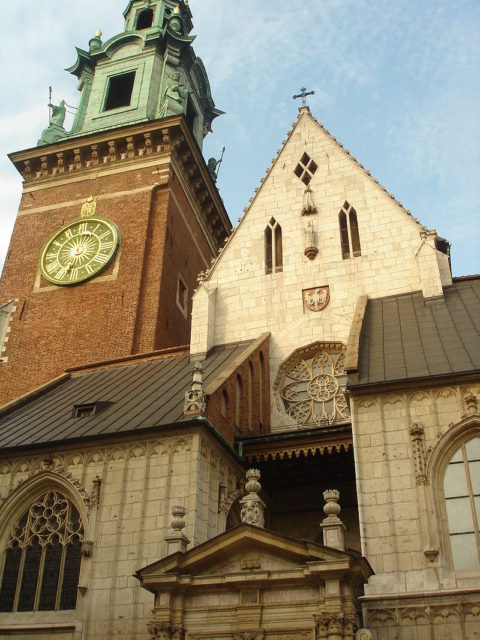
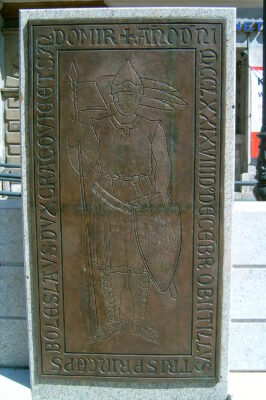
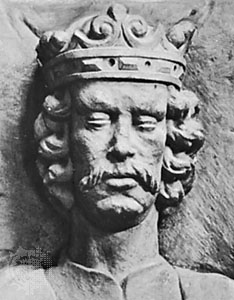
The reign of Wladyslaw I’s son, Casimir the Great from 1333 to 1370, the last King of the Piast dynasty, proved especially beneficial for Krakow which flourished under his rule. The King founded two new suburbs in the form of a new fortified city, that would later be incorporated in Krakow. New Franciscan, Dominican & Gothic churches were built, the castle on Wawel Hill was expanded & the Cathedral was completed and consecrated. A huge patron of the arts & sciences, in 1364 Casimir the Great establishes the Krakow Academy, now known as the Jagiellonian University, the second oldest university in central Europe after Charles University in Prague.

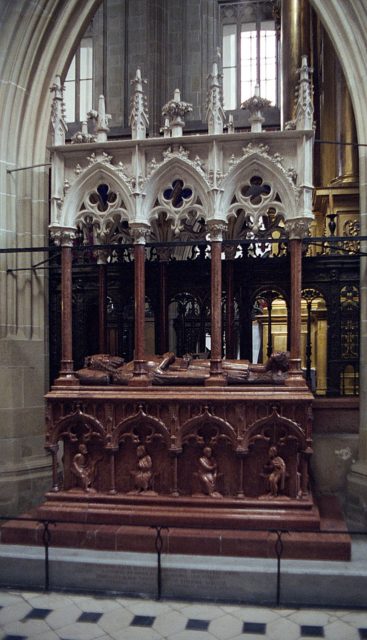
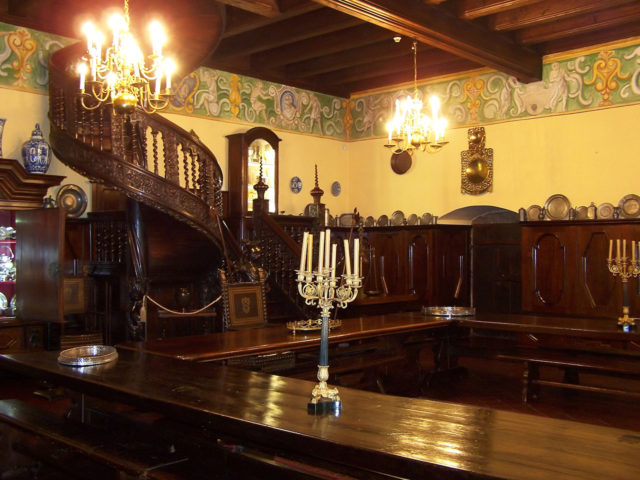
Casimir I more than doubled the size of his kingdom, strengthened its institutions, and he introduced royal protection of people of Jewish origin, paving the way for the growth of Jewish communities that started to settle & grow in various cities of the Polish kingdom. He also established the so-called Congress of Krakow in 1364 to form a joint front with other European powers against the looming Turkish threat. For more than 20 days the Holy Roman Emperor, German & Austrian Dukes, and the Kings of Denmark, Hungary, and Cyprus convened in Krakow about all sorts of European matters in a sort of an early precursor of modern European institutions.
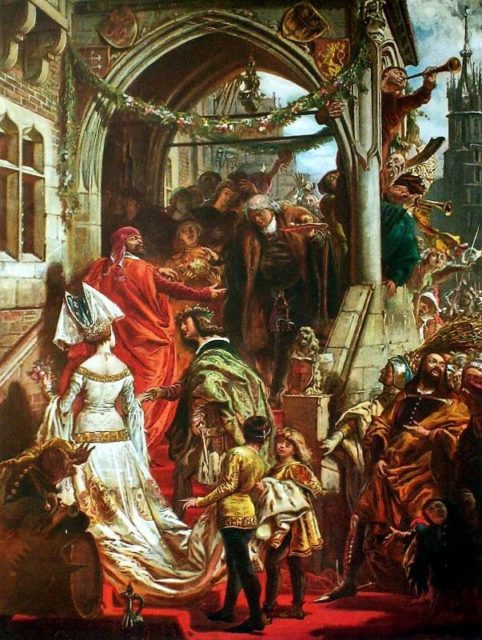

Casimir, I had no legitimate sons, so to provide a clear line of succession & avoid dynastic uncertainty he arranged for his nephew King Louis I of Hungary to be his successor in Poland. Louis, I was proclaimed King after Casimir’s death & burial in Wawel Cathedral in 1370. Louis I of Hungary ruled Poland from 1370 until he died in 1382.
When Louis died in 1382 the throne was inherited by his daughter Mary of Anjou with the Lords in Krakow and the rest of Poland raising their objection on the matter of the continuation of the personal union with Hungary mostly due to the unpopularity of Mary’s husband Sigismund of Luxembourg.
While a civil war broke out between the different factions in Greater Poland, the lords of Krakow found a solution in the face of Mary’s younger sister Jadwiga (r.1384 – 1399) who in 1384 was crowned “King” of Poland in Krakow’s Wawel Cathedral in 1386. Her pagan husband Wladyslaw Jogalia, Grand Duke of Lithuania, was baptized a Christian three days before his wife’s coronation in the same cathedral. He would take over the throne after Jadwiga’s death in 1399 due to birth complications, commencing the era of the joint Lithuanian-Polish Jagiellon Dynasty.
